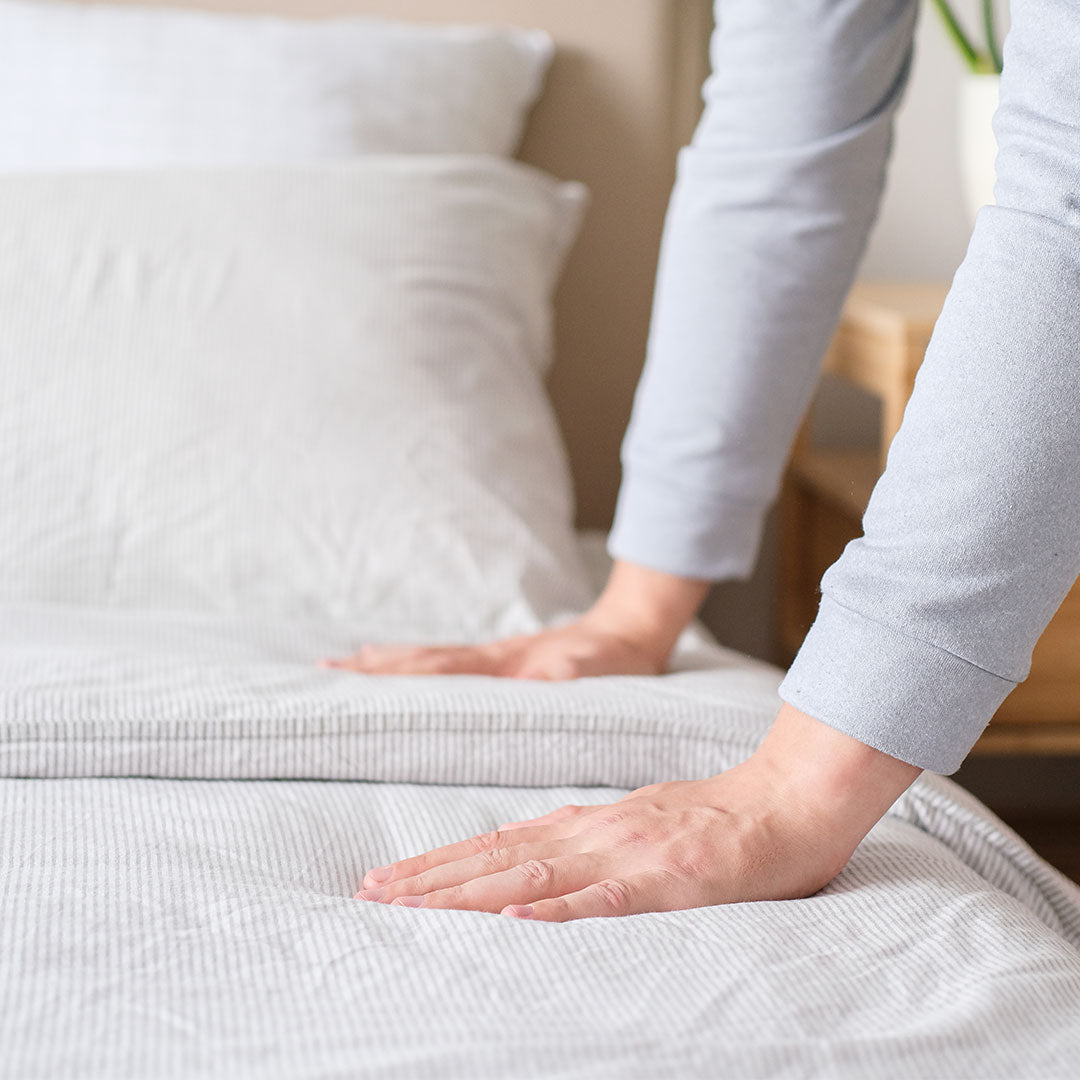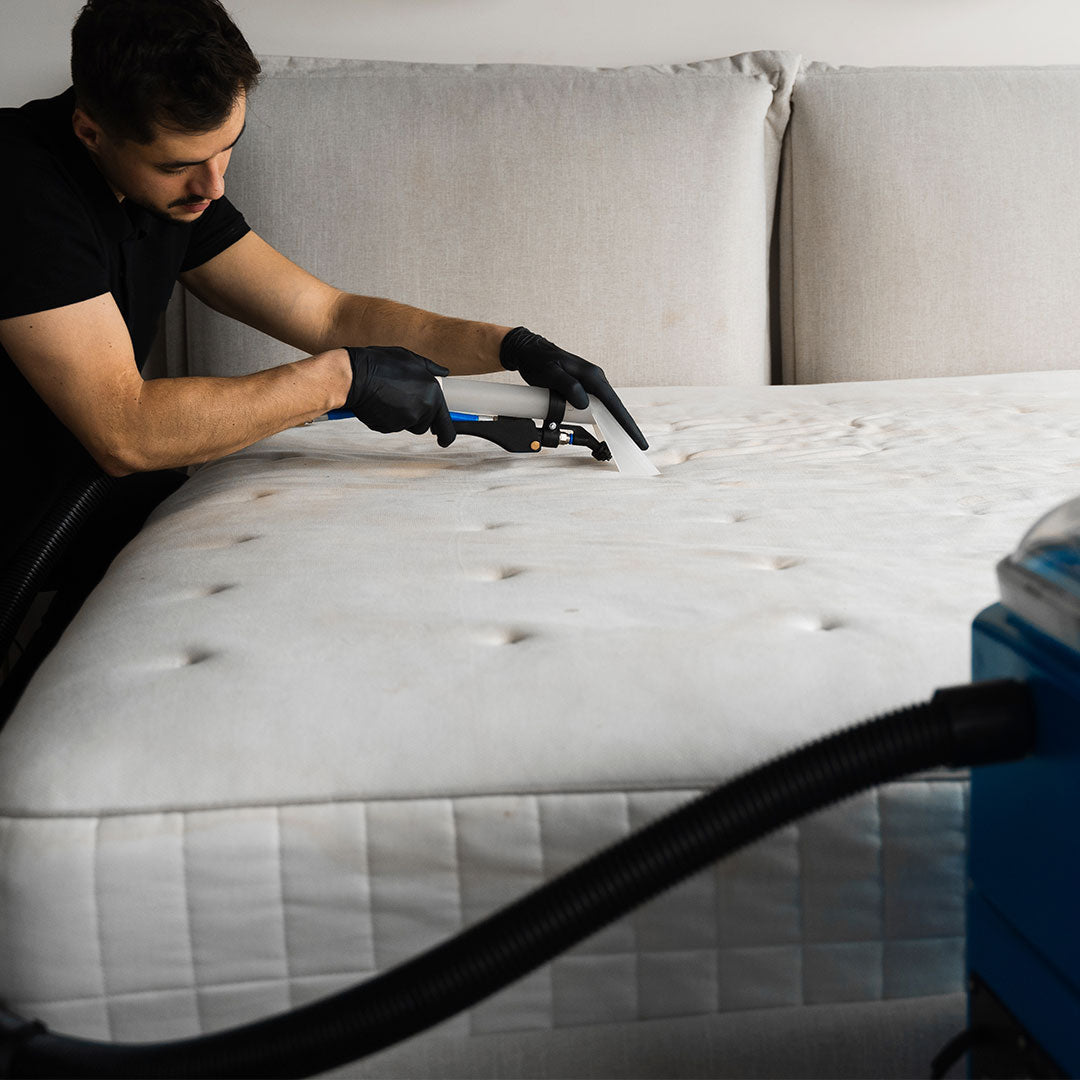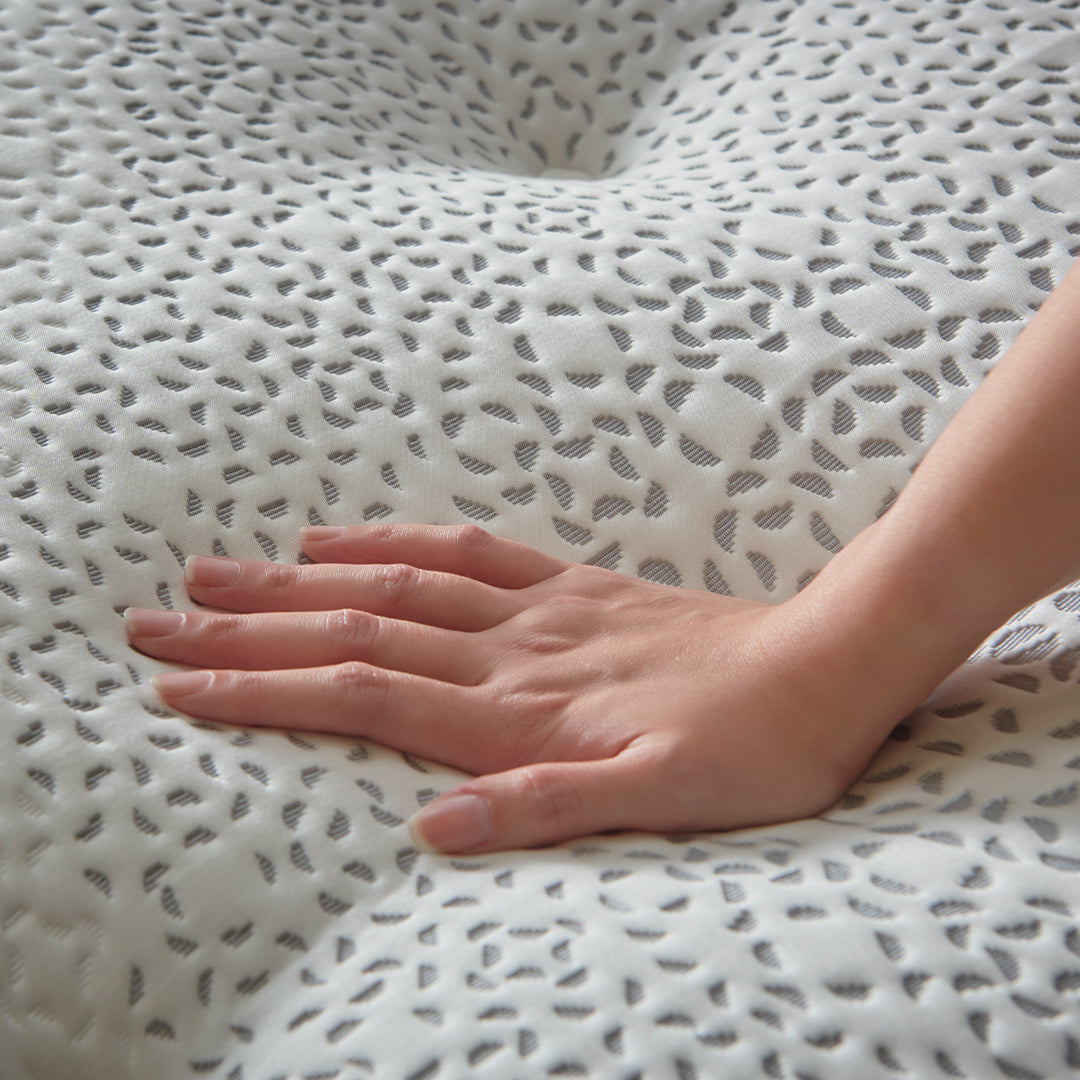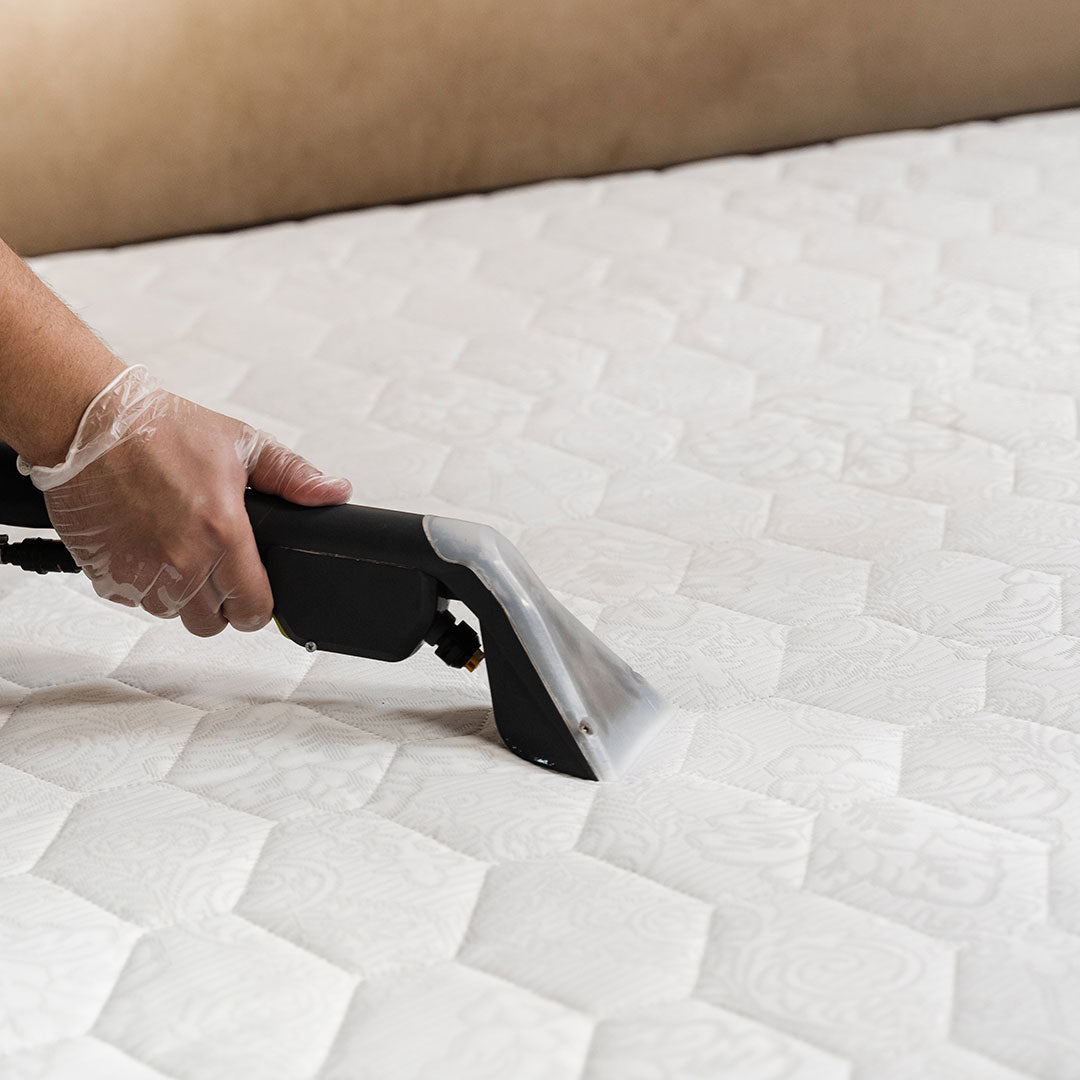Your mattress is more than just a place to rest your head at night. It plays a crucial role in your overall health and well-being. Just as we prioritise personal hygiene, proper mattress care is vital for maintaining a healthy and comfortable sleep environment. By investing a little time and effort in mattress maintenance, you can significantly enhance your sleep quality and extend the lifespan of your mattress, saving you money in the long run.
Why Mattress Care Matters
Basic Mattress Care Tips
Deep Cleaning and Stain Removal
How to Deep Clean Your Mattress
While regular cleaning keeps your mattress fresh, a deeper clean is recommended once or twice a year to tackle any lingering dust, odours or deep-set stains. Begin by thoroughly vacuuming the entire mattress, paying close attention to seams and crevices. Next, sprinkle a generous layer of baking soda over the surface to absorb moisture and neutralise any unpleasant smells. Allow the baking soda to work its magic for several hours, then vacuum it up completely. If you encounter specific stains, address them promptly using appropriate stain removal techniques, ensuring a pristine and hygienic sleep surface.
DO’s and DON’Ts of Mattress Care
- Do register your purchase to activate your warranty.
- Rotate your mattress as needed for even usage, but do not flip it over.
- Use an appropriate bedframe and ensure the mattress is well-supported and not protruding out of the bedframe by more than 25mm.
- New mattresses may have a “new bed smell” that may take a couple of weeks to dissipate. Dispose of all plastic packaging and allow the room sufficient ventilation to dissipate the smell.
- Keep your bedding clean and use a mattress pad, especially if children use the bed.
- Carry your mattress upright. It is easier to handle and less likely to damage the mattress.
- Don’t expose the mattress near an open flame. This mattress is not flame or fireproof and can ignite and/or burn if exposed to fire or open flame. When lighted, some bedding materials can burn and emit smoke and hazardous gases.
- Do not bend your mattress under any circumstances. Such treatment may damage the innerspring unit.
- Do not fold or jump on the mattress. Folding or jumping on the mattress exerts excessive strain on the component parts and can seriously damage the mattress and foundation.
Frequently Asked Questions About Mattress Care
What is the lifespan of a mattress?
The lifespan of a mattress can vary depending on several factors, including the type of mattress, usage, and care. Generally, a good quality mattress should last between 7 to 10 years. However, with proper mattress care and maintenance, you can potentially extend its lifespan and enjoy its comfort and support for longer.
What are the signs that my mattress is no longer providing proper support?
Several signs indicate that your mattress might be nearing the end of its life and no longer providing adequate support. These include:
- Sagging or Indentations: If you notice visible sagging or indentations in the mattress, particularly in the areas where you sleep most often, it's a sign that the mattress is losing its structural integrity.
- Increased Aches and Pains: Waking up with aches and pains, especially in your back or neck, could be a sign that your mattress is no longer providing the necessary support and alignment for your spine.
- Disturbed Sleep: If you find yourself tossing and turning throughout the night or waking up feeling unrested, it might be time to consider a new mattress.
- Allergies or Respiratory Issues: If you experience increased allergy symptoms or respiratory problems while sleeping, it could be due to dust mites or allergens accumulating in your mattress.
How do I know if my mattress has dust mites?
Dust mites are microscopic creatures that thrive in warm, humid environments like mattresses. While you can't see them with the naked eye, certain signs can indicate their presence:
- Allergy Symptoms: If you experience sneezing, runny nose, itchy eyes, or skin rashes while in bed, it could be a sign of dust mite allergy.
- Visible Dust: Although dust mites themselves are invisible, they leave behind dust particles and faecal matter that can sometimes be seen as fine dust on your mattress.
- Musty Odour: A musty or unpleasant odour emanating from your mattress could be a sign of dust mite infestation.
Are there specific care tips for different types of mattresses?
Yes, different types of mattresses might require specific care tips to maintain their optimal condition.
- Memory Foam Mattresses: Avoid using harsh chemicals or excessive moisture, as these can damage the foam. Spot clean stains with a mild detergent solution and allow the mattress to air dry completely.
- Latex Mattresses: Latex is naturally resistant to dust mites and mould. Regularly vacuum and air out your latex mattress to maintain its freshness. Avoid direct sunlight and heat sources, as these can cause the latex to deteriorate.
- Innerspring Mattresses: Rotate your innerspring mattress regularly to ensure even wear. Avoid flipping it, as this can damage the spring system. Vacuum the mattress regularly and spot clean stains as needed.
Always refer to the manufacturer's care instructions for your specific mattress type to ensure proper maintenance and longevity.










